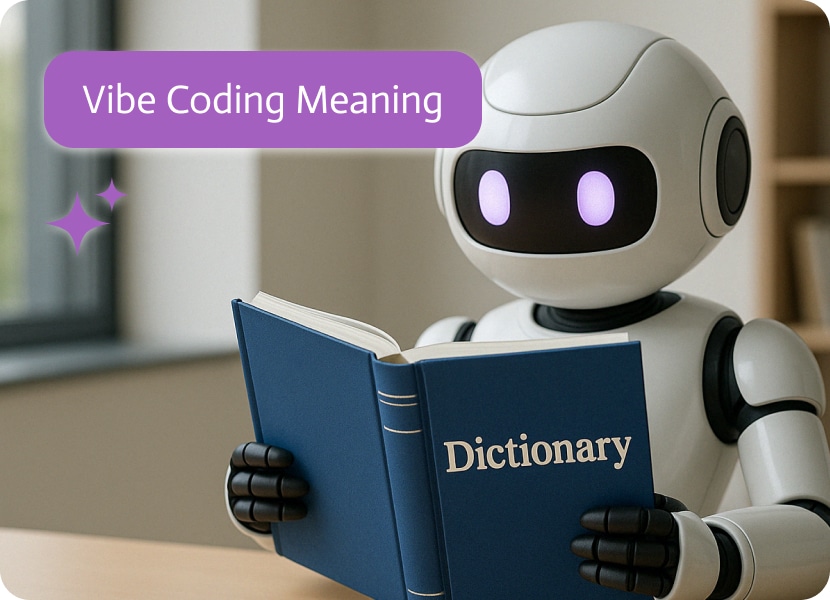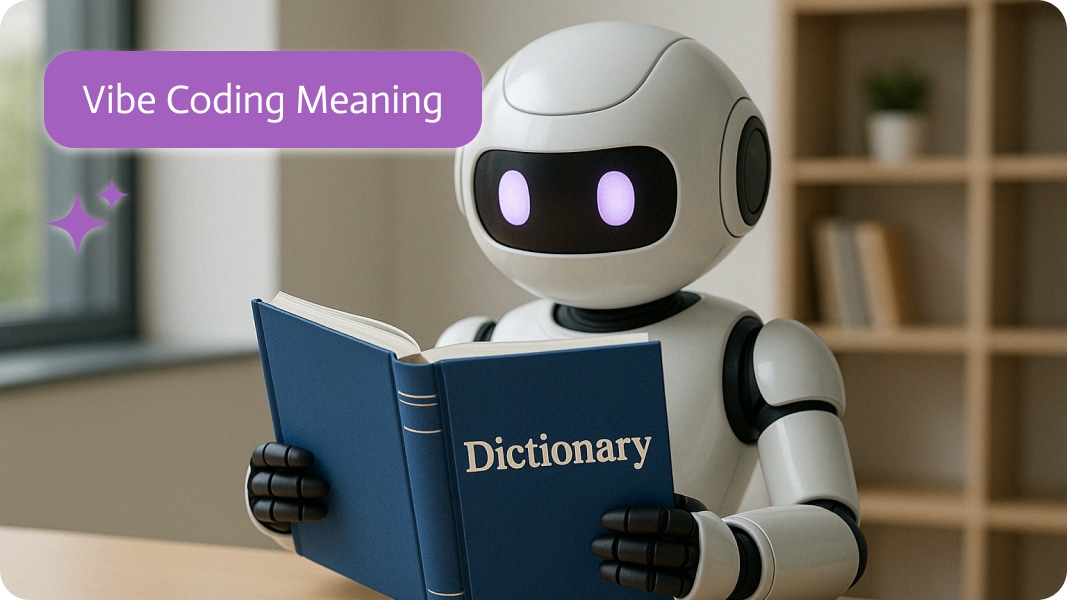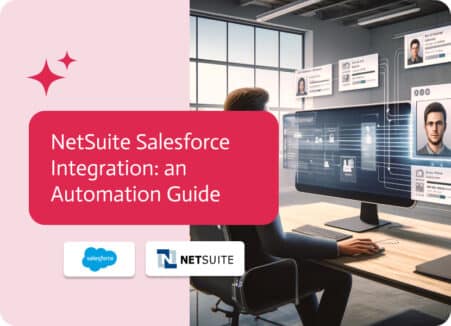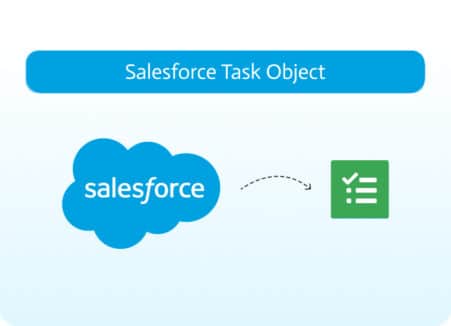

Vibe Coding: What Does It Mean?
Simply put, you type a sentence in English, and voila, you have an entire working app.
Write something like “Make me a hunting game,” and before you know it, it will appear right before your eyes. I mean, it’s so easy even a caveman could do it

No fussing about with semicolons or late-night debugging marathons, it’s just you and the “vibes”. This, people, is the new and exciting world of vibe coding, the latest tech craze taking the software development world by storm.
If you have not been online since dial-up internet, it’s going to blow your mind. Vibe coding has coders raising their eyebrows, startups in a frenzy, and it’s given non-technical users the power only seasoned devs could dream of. Think of it like some kind of magical spell that lets you speak your app into existence.
Wait, What’s Vibe Coding Again?
Imagine you’re at a party and you don’t know how to cook, but there’s a chef who whips up anything you want just by listening to your order. “Make me lasagna.” Boom, there’s your Lasagna.
Now replace “chef” with AI, and “lasagna” with “code,” that’s Vibe Coding in a nutshell. You tell it what you want your software to do, and it generates the code for you, often within minutes. It almost sounds too good to be true, right?
Where Did This All Come From?
The term “Vibe Coding” didn’t come from a think tank or a white paper; it came from Twitter (sorry, “X”), courtesy of Andrej Karpathy, who casually called it “programming by vibes.” The internet promptly lost its collective mind. Since then, it’s become the shorthand for this new generation of large language model (LLM)-assisted app development.
The dev world reacted in typical fashion, half the people were like, “This is the future!” and the other half were busy lighting torches and sharpening pitchforks. Why? Because nothing rattles the tech community like a tool that might make things easier.
Why Is Vibe Coding Causing a Stir
Look, if you’ve spent years learning how to tame JavaScript or Python, the last thing you want to hear is, “Hey, here’s a tool that makes all that obsolete.” Developers aren’t mad for no reason, they’ve climbed the mountain, only to watch someone else get helicoptered to the top.
One of the biggest complaints is that the code that comes out of these tools can be, let’s just say, a hot mess, or spaghetti code, choose your metaphor. Sure, it might work now, but when you try to scale it or maintain it down the line? Good luck with that.
Let’s say you launch an e-commerce site with a snazzy AI-built backend. Everything’s peachy until checkout stops working because of some nested nonsense hidden deep in the bowels of your codebase. Unless you know how to code, fixing it will feel like performing surgery with oven mitts on.
It definitely makes total sense why so many developers are up in arms. But if we’re totally honest, society is always afraid of new things, I’m sure things will blow over soon.
Vibe Coding Newbies Assemble
Even though a lot of software developers would have you believe that Vibe Coding is not what you think, it will definitely prove to be incredibly useful for beginners.
When you take a closer look at aspects like user experience, tools like Noca AI are at the forefront of the industry. It walks you through every step of the process rather than just pouring out mountains of code. It informs users when it detects an issue, provides real-time suggestions, and, in many of situations, will even provide context.
Non-technical users are able to watch code being created in real time while simultaneously learning how to create software as a service (SaaS).
Just imagine typing something like, “Build me an app that tracks my cat’s mood,” and getting a response like, “Sure, but here’s a reason why your cat app might crash and how to fix it.” It’s essentially holding your hand so you don’t fall along the way.
So, How Do You Actually Use It?
Let’s say you have an app idea. Instead of diving into a blank IDE, you simply do this:
- Plan the app in plain English. No framework, no storyboards, just vibes.
- Ask your LLM to check for stuff like bugs, security issues, and logic fails.
- Research APIs – unless you are using Noca, then we will do this for you (:
- Upload your plan, and let the tool guide you through the building process.
- Test. Tweak. Deploy. Repeat.
Now you have a deployable, functioning app quicker than you could pack the dishwasher. The best part is that you’re learning as you go. It’s like coding with training wheels.
Work Smarter, Not Harder
Vibe Coding isn’t just for people who can’t code, it’s a ridiculously powerful tool for seasoned developers as well.
For instance, if you’re prototyping a new dashboard. You would normally have to start by setting up the whole layout, adding components, dealing with CSS tantrums, and integrating data, more commonly known as ”a full week’s work.” But with Vibe Coding, the structure is built immediately. Which means you can get straight into refining, customizing, testing, and making it your own with some elbow grease and a little creativity
As Peter Wang, one of the few people on the internet still making sense, put it: “It’s about focusing on why you’re building something, not just how to write the code for it.”
Preach, Peter.
It’s Not a Cure-All Tool
Ok, so before you go and fire your dev team and replace them with a Vibe Coding platform, just give it a think. Vibe Coding is powerful, yes, maybe even feels magical, but its not ready to carry the weight of a multi-billion-dollar healthcare platform.
If you’re thinking of using it to create critical systems such as banking, hospitals, or flight control, this will require code that’s flawless, stable, and battle-tested. You don’t want an AI hallucinating your transaction logs or misplacing someone’s medical history without having an experience coder review the code.
What Vibe Coding can do is empower small teams and indie creators to build MVPs faster than ever. It lowers the barrier to entry and gives the average person a chance to turn an idea into something tangible without years of reading Coding for Dummies. At Noca we take this one step further, by allowing users to integrate the code with their entire tech stack, the outcome of your Vibe Coding platform can become a part of the way you do your business, and not just a cool MVP.
Is It Just Hype?
Once upon a time, building an app meant six months, a team of developers, a giant budget, and enough coffee to power a small city. Now? You might get a prototype up and running in a day, with change to spare.
This is a big deal for startups, creators, side-hustlers, and even seasoned devs looking to move faster. Vibe Coding doesn’t eliminate programming completely, it’s more of a supplement. Think of it more like a sidekick, not a replacement.
There are a number of reasons why it’s not just a hype train; devs are using all their saved time to improve the UX, write documentation, or just finally take a shower. Win-win.
What’s the Verdict?
No, Vibe Coding isn’t perfect…yet. It’s got its quirks, it breaks things, and it even makes the odd dev cry sometimes. But it’s also the most exciting thing to hit software development in decades.
It’s not killing programming, like many devs will have you believe; it’s evolving it. Just like calculators didn’t kill math and Photoshop didn’t kill art, vibe coding isn’t here to erase devs. It’s here to make building stuff less painful, more accessible, and most of all, faster.
Whether you’re a code-slinging master or someone who thinks “API” stands for “Apple Pie Interface,” there’s something for you in the world of Vibe Coding.
And if nothing else, it gives you one more reason to yell “Enhance!” at your screen and pretend you’re in a hacker movie.


